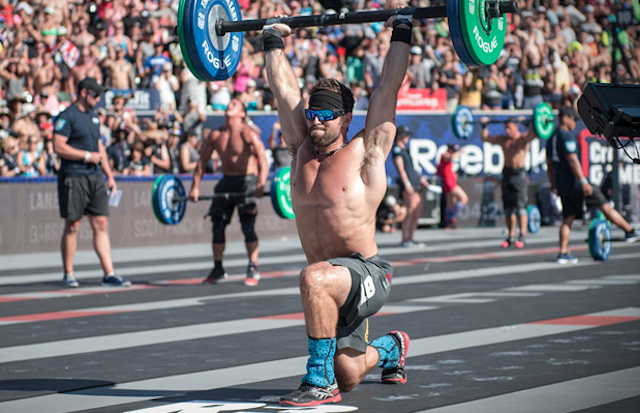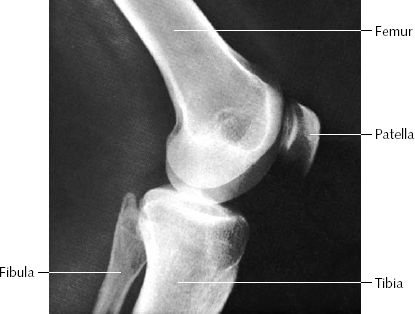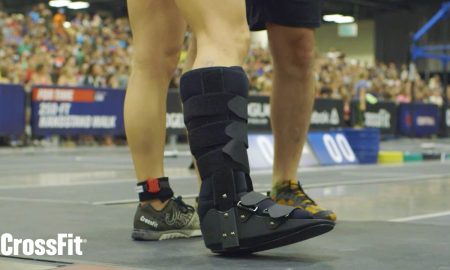
CrossFit has come a long way since the days of kipping pull-ups. It has gone from a type of fitness that people once laughed at, to arguably the most intense and complete training method on the planet.
It combines numerous different forms of fitness into one overall training programme. This includes classic bodybuilding exercises with functional lifts, extreme cardio and gymnastics. Consequently, CrossFit is one of the best ways to improve overall strength, endurance and flexibility. At the same time, it is also a discipline that involves lots of common injuries. Due to the intensity of the workouts, it is very common for people to start developing the same types of injuries. Today, we look at the top ones you should be wary of if you’re starting CrossFit training.
Rotator cuff injuries
Your rotator cuff refers to a string of muscles that sit on your back behind your shoulder. As the name suggests, these muscles are responsible for rotating your shoulder. Some actually sit on the front side of your shoulder to rotate it inwards, but most are on the back working on external rotation.
Because a lot of CrossFit lifts require the use of your rotator cuffs for stability, it is very common to suffer from injuries. This can lead to shoulder damage that gets worse if it’s not treated. So, it’s very important to rest if you start feeling any shoulder pain, and also to focus on strengthening your rotator cuffs when you can. A big part of CrossFit is the rehab/prehab work you do when you’re not properly having training days. This can help you prevent lots of these injuries.
Lower back injuries
Lower back injuries are probably the most common industries throughout the world of fitness. A lot of these injuries are down to poor form. If you don’t know how to correctly deadlift or squat, you’re going to end up throwing your back out.
In CrossFit, the majority of the compound and functional lifts require a hip hinge. In turn, this can put a bit of added stress on your back, particularly when you lift heavy weights. Plus, lots of squatting can compress your spine, leading to lower back problems. As anyone that’s ever done a CrossFit session will know, there is always a lot of squatting!
Again, you can prevent this by learning proper form and strengthening your lower back. Decompressing your spine between sets or after a workout can also go a long way to avoiding back injuries. It’s even smart to get a massage now and then or use your own massage device at home.
Ankle injuries
Plenty of workouts in CrossFit are extremely explosive, meaning you can jump off the ground and land back down on your feet a lot. Without wanting to sound repetitive, you also spend lots of time squatting and doing deadlift-type movements. All of this can mean lots of stress gets put through your ankles and feet.
Thus, it is very common to develop heel pain right at the back of your foot, alongside general ankle soreness. This is because so much stress and pressure get put on your feet, and your heel/ankle joint has to absorb it all and remain stable. Over time, it can lead to inflammation and tendinitis in the joint.
Yes, rehab and prehab work can help you strengthen your ankle and make it more stable. This might reduce the chances of injuries, as will wearing more supportive footwear or ankle braces. But, taking time off and resting is probably the best thing you can do. Don’t overtrain as it will damage your tendons and cause problems throughout your joints.

Knee injuries
If your ankles are getting hurt, you can bet your knees are also going to suffer!
If anything, knee injuries might be more common because this joint is far less stable. There are more ways to damage your knees when exercising than your ankles, that’s just a fact. As mentioned time and time again, a lot of CrossFit exercises include things that get you bending at the knees and putting a whole lot of force through your legs. So, if you make one wrong step, you can very easily damage them.
Similar to ankle pain, knees are prone to tendonitis. The constant squatting or deadlifting and lunging can put a strain on your knee tendons, making them become inflamed. Also, the jumping and explosive movements aren’t great for your knees either. Knee braces or guards can sometimes help, especially when doing squats and other big lifts.
Elbow/forearm injuries
The last injury to talk about is one affecting your elbow/forearms. This is something that a lot of people suffer from if they lift weights. Holding onto bars and gripping weights will put a lot of strain on many muscles. But, one ground of muscles will constantly be in action; your forearm muscles.
As a result, you can overwork them and lead to chronic pain that feels really tight and makes it hard for you to grip onto things. In turn, this can also lead to, you guessed it, tendonitis in your elbow! It’s a repetitive strain injury, but some rest and recovery should ease the pain, along with forearm stretches.
You’ll also want to strengthen your grip so your forearms don’t feel too weak and strain too much. At the same time, using wrist wraps when you’re lifting really heavy is highly recommended. This takes a lot of tension away from your forearms so they aren’t holding onto weights that are far too heavy for them – like when you’re doing a deadlift PB!
Admittedly, you can get injured doing any form of exercise. But, the intensity of CrossFit means injury risks are high if you don’t take the necessary precautions. Always do your prehab work before and after workouts to strengthen the problem areas and lower the risk of injuries. Never bite off more than you can chew – if you can’t lift something without compromising your form, then don’t lift it. Finally, be sure you give yourself at least one or two rest days a week to recover and rest!

















Follow Us